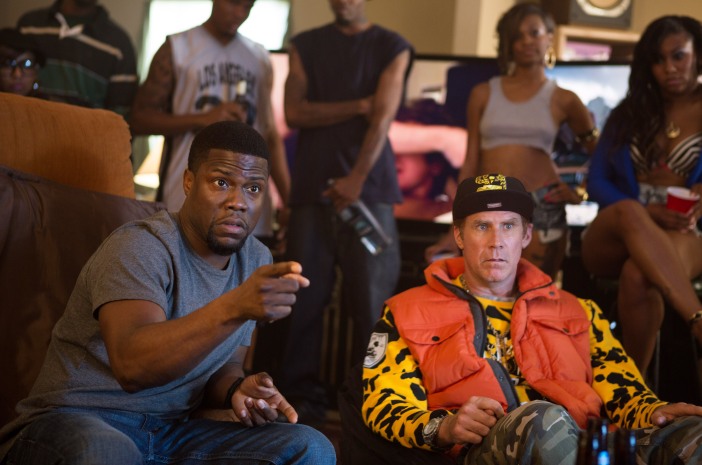Race has often been explored within film, Richard Dyer wrote the essay ‘The matter of Whiteness’ exploring whiteness within society and also in film. He believed white people are seen as the universal human race “as long as white people are not racially seen or named they / we function as a human race” (1996: pg 1-2). He found that within life and through film white people were not labelled as white in comparison to other races, such as describing a ‘black actor’ on screen, if he was white his skin colour would not be made reference to.

He found a number of examples in which non-whites are labelled within film descriptions, “comedy in which a cop and his black side kick investigate a robbery” , “skinhead Johnny and his Asian lover set up a laundrette”. In both cases the main character is not labelled by race because they are white. Instead white people may be labelled by other aspects of their lives “they are variously gendered, classed, sexualised and abled” (1996: pg 3).
Dyer believes “whites are represented everywhere” (1996: pg 3), however black people are still hugely unrepresented within film, looking at ‘UK Genre films featuring black actors’ some of the statistics show that in the genre of dramas they only featured 13 % , in comparison to the genre of crime where they featured 63 %. This can also be linked to stereotypes of black people associating them with crime, on television series many gang culture programmes mainly focus on black gangs and culture.
Dyer goes on to assess how racism is enforced within society, he believes “racist thought is part of the cultural non consciousness that we all inhabit” (1996:pg7). If we were to live in a world with racial equality, blackness would not be highlighted just as whiteness is not. The British Institute are celebrating black actors from October to December, however the question arises why are these actors being celebrated as ‘black actors’, why can they just be celebrated because they are good actors?
The film Get Hard can be explored in terms of whiteness. The main character James played by Will Farrell is a white upper class male who is sentenced to prison, he seeks the help of a black lower class character Darnell who owns a car valeting business played by Kevin Hart. The film plays perfectly to every stereotype of white and black people, James goes to Darnell for help of how to survive in prison and assumes he will know just because he is black. The film highlights James’ whiteness as he ends up in situations where he is placed in a fully black gang and is constantly left out due to his whiteness. This relates to Dyer’s view that whiteness is only highlighted when is compared to non-whiteness. The film plays off the stereotypes within society to create comical scenes, as in reality Darnell is not a black thug he is just like James, he has no clue about gang culture and James soon realises that not all black people are in gangs.

Upon reflection of Dyers essay it is true that within society whiteness is not highlighted in comparison to other races. The white race is constantly assumed to be the norm, as time changes this may become a thing of the past as we work towards a more equal society.
Word Count: 563
References:
Dyer, R. 1996. ‘The Matter of Whiteness.’ In White: Essays on Race and Culture. London: Routledge, pp. 1-40.
Filmography:
Get Hard, (2015). [film] America: Etan Cohen